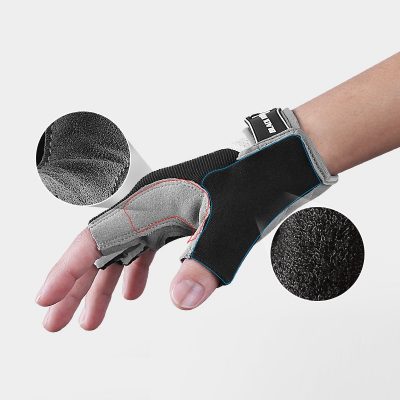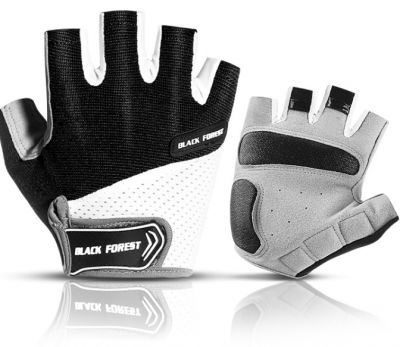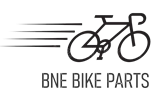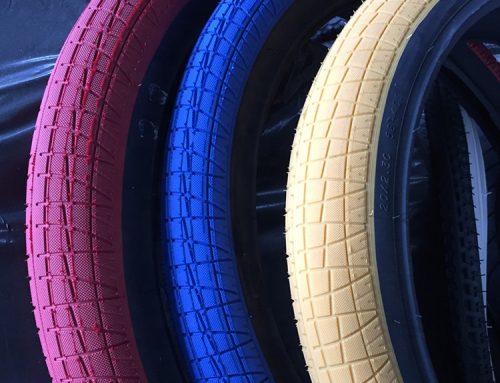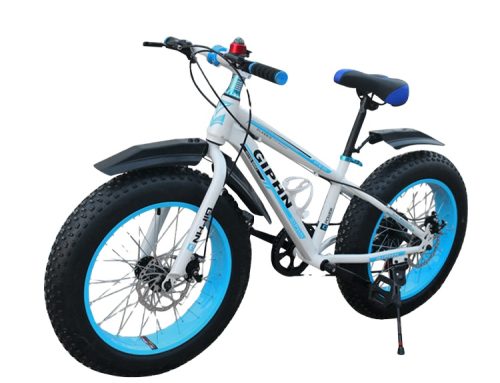Choosing the perfect bike seat (also known as a saddle) is essential for comfortable and enjoyable cycling. Here are some factors to consider when selecting a bike seat:
- Riding Style: The type of riding you do will impact the type of saddle you need. Different saddles are designed for road cycling, mountain biking, touring, commuting, and more. Consider your riding posture and the type of terrain you’ll be cycling on.
- Width and Shape: Bike saddles come in various widths and shapes to accommodate different pelvic structures. Your sit bones should rest on the widest part of the saddle. Many bike shops offer tools to measure your sit bone width to determine the appropriate saddle width for you.
- Cushioning: The amount of cushioning you need depends on personal preference and the type of riding you do. Some cyclists prefer minimal padding for better power transfer and reduced friction, while others prefer more cushioning for comfort on longer rides.
- Cutouts or Channels: Many modern saddles feature cutouts or channels down the center to relieve pressure on sensitive areas. This can be especially important for long rides and preventing numbness or discomfort.
- Materials: Saddles are made from various materials, including leather, synthetic leather, and various types of foam and gel. Higher-end saddles often use lightweight and durable materials.
- Flexibility: Your flexibility and riding posture influence the saddle you need. More flexible riders might prefer saddles with a flatter profile, while less flexible riders might benefit from saddles with more curvature.
- Gender-Specific Designs: Some saddles are designed specifically for men or women due to anatomical differences. However, this isn’t a strict rule, as many people find comfort in saddles designed for the opposite gender.
- Try Before You Buy: Whenever possible, try out different saddles before making a decision. Many bike shops have demo programs that allow you to test saddles on your bike before purchasing.
- Saddle Angle: The angle at which you position the saddle can affect comfort. Generally, the saddle should be level, but slight adjustments might be necessary based on personal preference.
- Personal Experience: Your own experiences and preferences matter. If you’ve found a particular type or brand of saddle comfortable in the past, that can be a good starting point.
- Reviews and Recommendations: Reading reviews from other cyclists can provide insights into comfort and durability. However, keep in mind that saddle comfort is highly individual, so what works for one person might not work for another.
Remember that finding the perfect bike seat might involve some trial and error. What works for one person may not work for another due to differences in anatomy and riding style. If you’re experiencing persistent discomfort, it’s a good idea to consult with a professional bike fitter who can help you find the best saddle for your specific needs.
